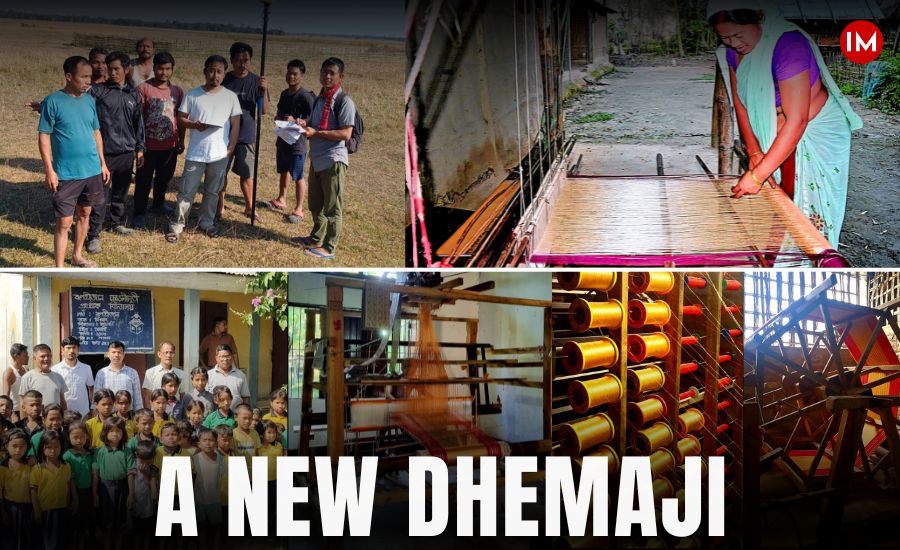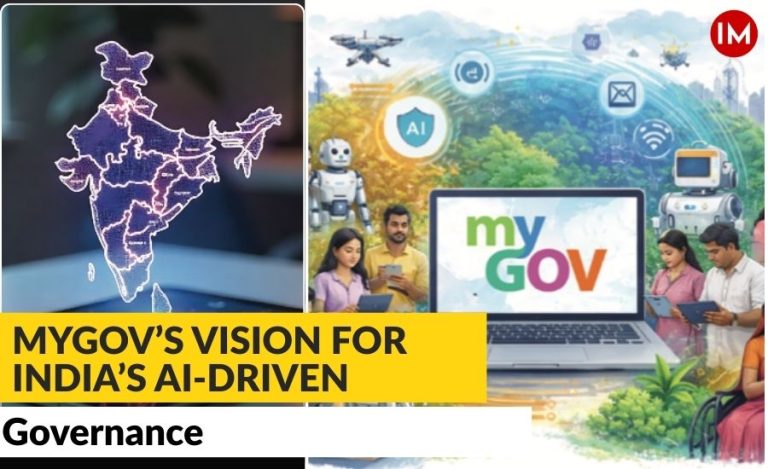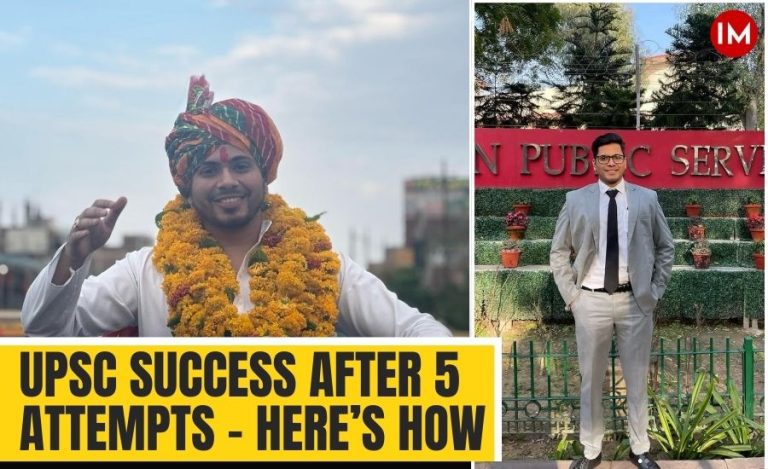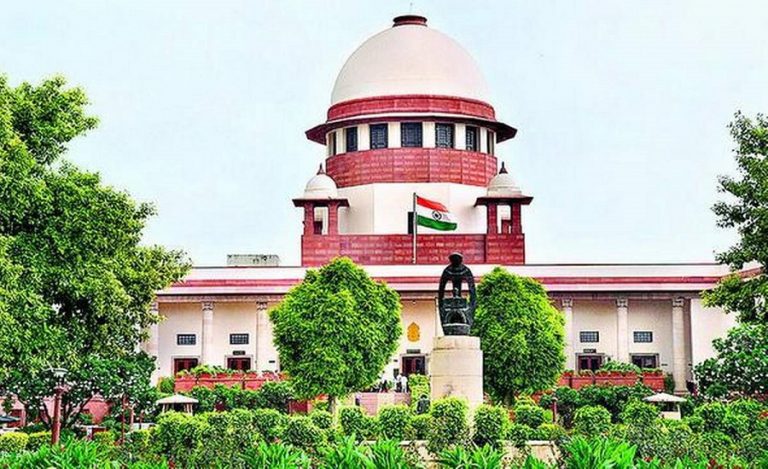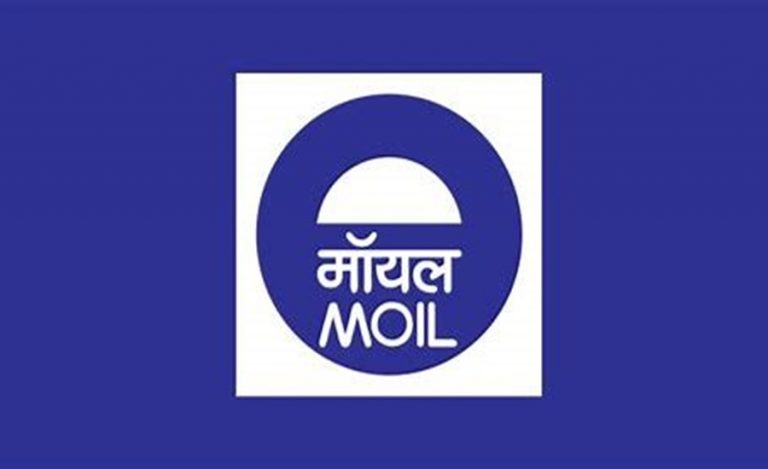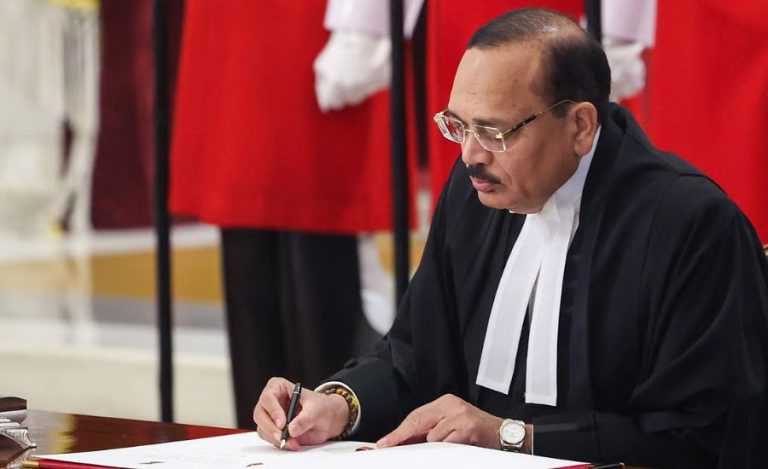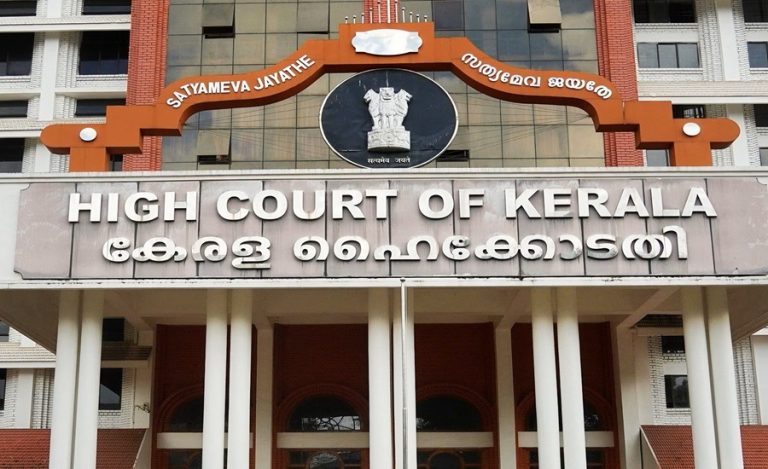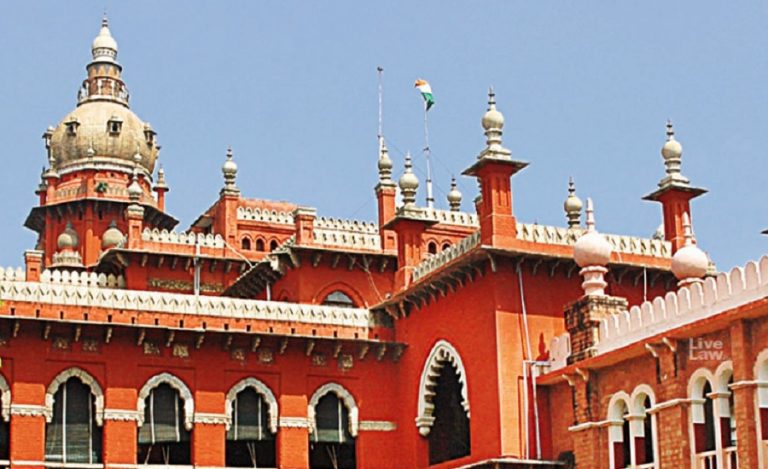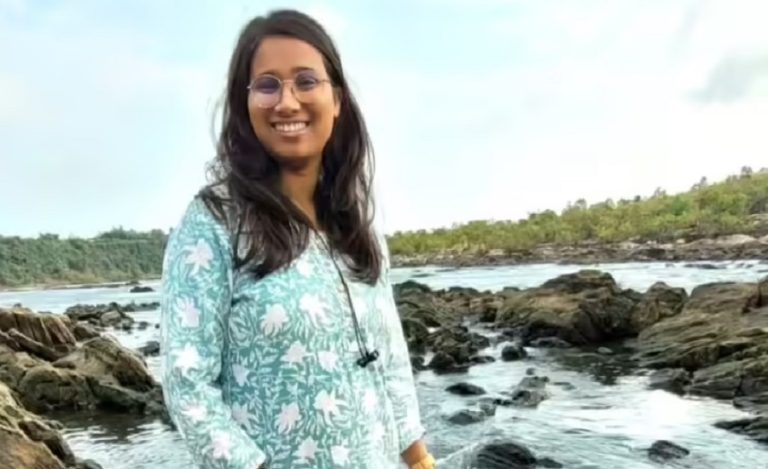Dhemaji, a district in Assam bordering Arunachal Pradesh, has long been geographically and economically isolated, with limited access to mainstream development. Positioned strategically yet cut off until the construction of the Bogi Bill Bridge over the Brahmaputra River, the district’s 45% tribal population—comprising tribes like Mising, Sonowal, Kachari, and Boro—has faced significant challenges.
Under the leadership of IAS officer Rahul Suresh Javir, District Commissioner of Dhemaji (2018 batch, Assam Cadre), the district is undergoing a transformative journey. Through innovative land governance initiatives and economic empowerment programmes, Mr Javir is driving sustainable progress for Dhemaji’s tribal and indigenous communities.
ADDRESSING LAND GOVERNANCE CHALLENGES
Dhemaji’s developmental landscape has been shaped by its unsurveyed lands and vast forest reserves. With nine reserve forests covering over 50,000 hectares, much of the district’s land remained undocumented, hindering access to property rights for tribal communities. Mr Javir recognised that clear land titles are foundational to socioeconomic progress. “Land is the starting point for development,” Mr Javir shared with Indian Masterminds. “Without titles, tribal communities cultivating land for generations are excluded from financial systems and government schemes.”
To address this, Mr Javir has championed the Swamitva Mission, a national initiative using drone technology to survey unsurveyed villages and issue property cards (patta). This programme has been pivotal in Dhemaji, where land records were historically absent. “The absence of land documents limited financial inclusion,” Mr Javir notes. “Banks require collateral, and without titles, our people couldn’t access loans or schemes.”
The mission faced initial hurdles, including community skepticism and competing land claims. “People were hesitant, relying on hearsay about land ownership,” Mr Javir recalls. “Our teams had to resolve disputes and build trust.” To ensure transparency, Mr Javir’s administration involved local stakeholders like Gaon Pradhans (village heads) and revenue officials, adhering to standard operating procedures (SOPs). Draft surveys are conducted using GPS and drones, followed by community verification where maps are displayed publicly for feedback. This participatory approach has minimised conflicts and fostered trust.
Additionally, the officer has prioritised the Forest Rights Act (FRA) of 2006, which grants land rights to forest-dwelling communities. Despite the act’s passage nearly two decades ago, implementation in Dhemaji lagged due to missing records and community reluctance. “Some claimed there was no forest, demanding regular revenue land titles,” Mr Javir told Indian Masterminds. His team launched a mission-mode campaign, targeting over 20,000 households across the nine reserve forests by December 2025. “This will secure land rights for generations,” he adds.
ECONOMIC EMPOWERMENT THROUGH MUGA SILK
Beyond land reforms, Mr Javir is focusing on economic growth by leveraging Dhemaji’s cultural and economic strengths, particularly its Muga silk industry. Known as the costliest silk in the world, Muga is a cornerstone of Assam’s sericulture. In Dhemaji, over 7,000 women weavers are active in one of the clusters, a hub for sericulture. However, these women traditionally supplied raw cocoons, with outsiders reaping profits from finished products.
IAS Rahul Suresh Javir’s vision is to retain this value within the community. “We’re developing a women-led Muga silk enterprise,” he explains. The initiative, supported by the Ministry of Textiles and the Central Silk Board, will establish 50 handlooms, directly employing 100–150 women. The project emphasises training, design upgrades, credit linkages, and marketing to ensure local women control the production chain. “Our women produce raw materials, but the real value lies in finished products,” Mr Javir says. “We’re giving that back to them.”
The impact is already visible. At the annual Atmanirbhar Dhemaji Mela, a platform for local entrepreneurs, the district recorded a turnover of ₹1.75 crore over three days in 2025. Handloom products, local cuisine, and other goods showcased the district’s potential. “The mela provides exposure and a market for our weavers,” Mr Javir notes. “It’s about showing them the possibilities.”
OVERCOMING CHALLENGES WITH EMPATHY
IAS Javir’s approach is rooted in empathetic engagement. “Listening to the community is key,” he says. “We explain the benefits clearly and involve them at every step.” This strategy has helped overcome initial resistance to surveys and FRA implementation. By involving local leaders and ensuring transparent processes, IAS officer Javir’s team has built confidence among tribal communities.
The long-term impact of these interventions is significant. Secure land titles enable access to financial systems, agricultural schemes, and government benefits, improving health and education outcomes. “Once people have titles, they’re part of the mainstream,” Mr Javir emphasises. “They can send their kids to better schools and access healthcare.”
EDUCATION AND INNOVATION FOR THE FUTURE
IAS Javir’s vision extends beyond land and economic reforms. Recognising education as a priority, he is introducing modern technologies like robotics and AI in government schools. “We’re setting up labs to expose kids to new technologies,” he says. With a medical college set to open in 2026 and an existing engineering college, Dhemaji is poised to become an educational hub. “Our goal is to make students competitive from the school level,” Mr Javir adds.

